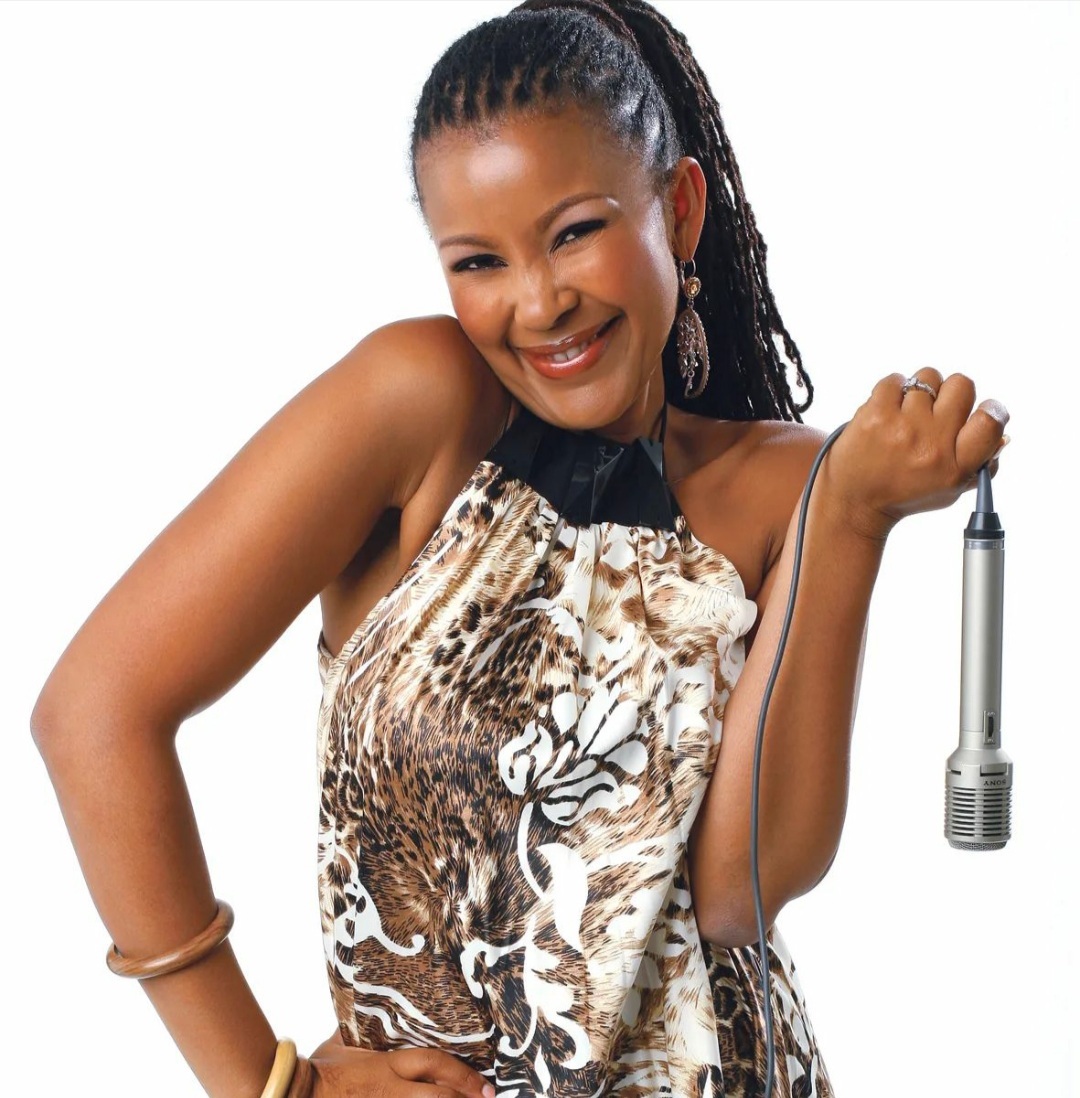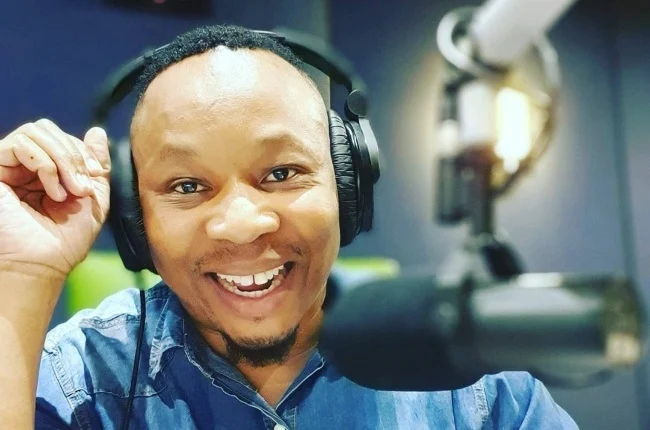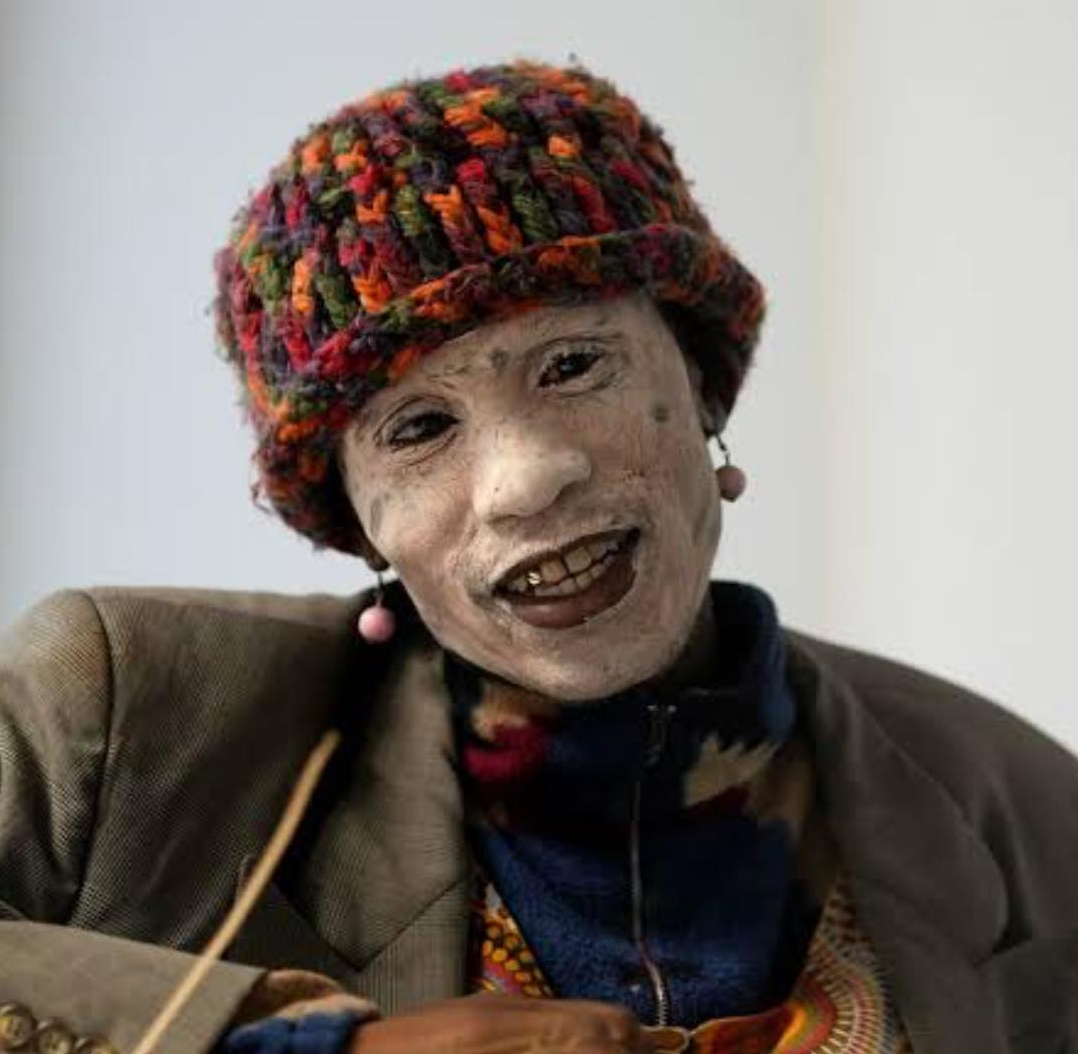Media personality Gerry Elsdon is known for her role as a TV presenter, international humanitarian, and activist and speaks candidly about issues affecting women's empowerment, community, and children in Africa. Born in District 6 and lived through the forced removals and Group Areas Act in the Cape in the 1980s, Gerry has a colourful background. She is also a successful businesswoman, designer and CEO of a thriving communications company. She has mentored young women and men in the entertainment industry and acts as Patron for the Othandweni Family Centre in Soweto.

CHALLENGES OF GROWING UP
She recently went on vacation with her husband where they visited a community of the Himba people in Namibia. She says this made her reflect on how she was bullied growing up. Talking to ZiMoja about the challenges she faced growing up in South Africa as a coloured woman. she says, "There was nothing worse or more painful than being called Boesman or Hottentot in a derogatory manner as a kid based on my physical features and my hair texture,' she says. "Reciting 'sticks and stones' didn't always take the hurt away. While one of her siblings has dived headfirst into Khoisan culture, she says she has no such desire. Describing her experience with the Himba people, Gerry said: "I did hit a bump, my excitement quickly turned to awkwardness because our presence felt intrusive. My compliment to one of the women on her beauty and soft skin caused a ruckus,' she says. Gerry said one guide said the chief asked why I thought only women were beautiful. Another guide said complimenting only one woman caused offence. "We both acknowledged things got lost in translation.'
THE BEAUTY OF THE HIMBA PEOPLE
Sharing her knowledge of the Himba people, Gerry says, "The Himba are known for their red skin and red matted dreadlocks, painstakingly styled by mixing animal fat, ash, and ground ochre made and worn by the women. They were happy to demonstrate and that was a perfect segue to get out of the holy circle. My dreadlocks made very little impression on this crowd,' she jokes. "The demonstration was amazing! The ochre pastes that they ground on a stone act as moisturiser and sun protection, and it works! I had one light arm to prove it after I managed to scrub it off. Himba women begin to wear the paste from puberty.' Describing the outfits, Gerry says that every item worn by the woman has cultural significance or practical value. She says, "Showcasing the beauty and worth of the Himba woman is very important. Whether it's the Erembe. The crown is made of goat leather, put on a girl's head when they reach puberty, or the ankle bracelets that indicate the amount of times the woman had given birth. Both will never betaken off and worn with pride.'







